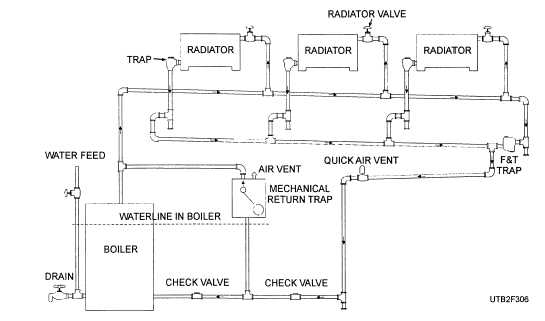
Figure 3-6. - A two-pipe vapor system with a return trap.
mechanism, which permits equalization of the boiler pressure and the pressure within the return trap.
Installation
Vapor-steam systems with return traps are similar in design. However, it is seldom that two installations are alike. Since the details differ with the type of heating equipment, it is recommended that the manufacturer's installation instructions be followed.
However, the mechanical return trap should be installed on a vertical pipe in the return system that is adjacent to the boiler. The top of the trap should be level with, or below, the bottom of the dry return main. The bottom of the trap should be approximately 18 inches above the boiler waterline to provide a sufficient hydrostatic head to overcome friction in the return piping to the boiler.
Operation
The two-pipe vapor system with a return trap alternately fills and dumps. It returns condensate to the boiler by a mechanical alternating-return trap instead of by gravity. The alternating-return trap consists of a vessel with a float that, by linkage, controls two valves simultaneously so that one is closed when the other is open. One valve opens to the atmosphere; the other is connected to the steam header. The bottom of the vessel is connected to the wet return.
In operation, when the float is down, the valve connected to the steam header is closed and the other is open. As the condensate returns, it goes through the first check valve and rises into the return trap, which is normally located 18 inches above the boiler waterline. The float starts to rise when the water reaches a certain level in the trap, the air vent closes, and the steam valve opens. This action equalizes the trap and boiler pressures and permits the water to flow by gravity from the trap, move through the boiler check valve, and go into the boiler. The float then returns the trap to its normal vented condition, ready for the next flow of returning water.
Maintenance
The problems you are likely to encounter in main- taining the two-pipe vapor system with a return trap will differ with each system. Some of the more common troubles are discussed here. For specific instructions, you should refer to the manufacturer's manual or pamphlet pertinent to each piece of equipment.
When a radiator fails to heat, the air vent being plugged or the radiator being waterlogged because of a plugged or defective trap can cause the condition. In case there is a plugged air vent, all you need to do is clean it. When there is a waterlogged radiator, the trap should be checked to determine if it is plugged; also you should check to see if the bellows is serviceable. If the trap is plugged, then cleaning it should solve your problem. However, if the trap is damaged, the damaged part, or the whole trap, must be replaced.
When the entire steam distribution system fails, the trouble can be caused by inoperative return traps or 3-5
Continue Reading